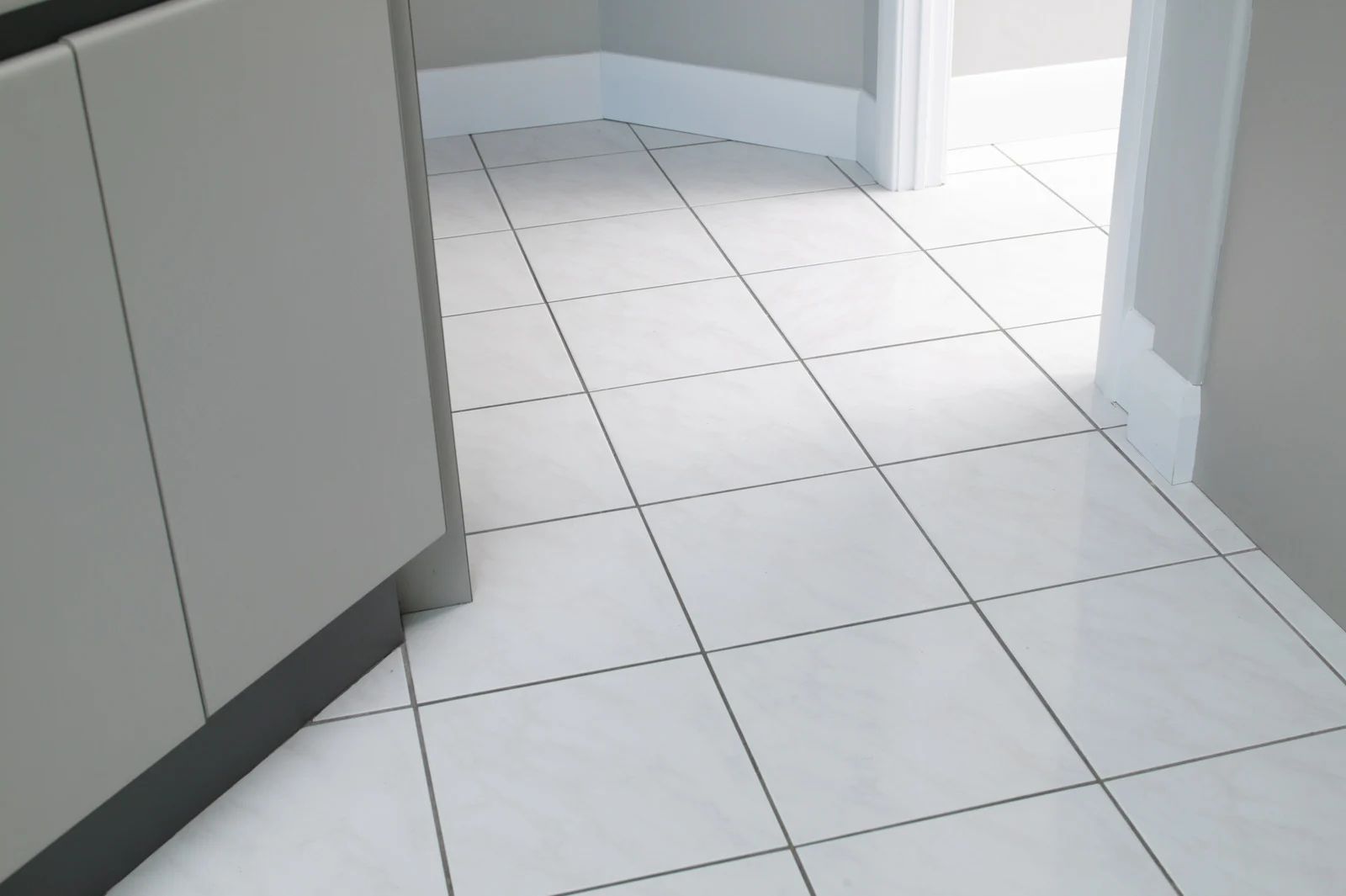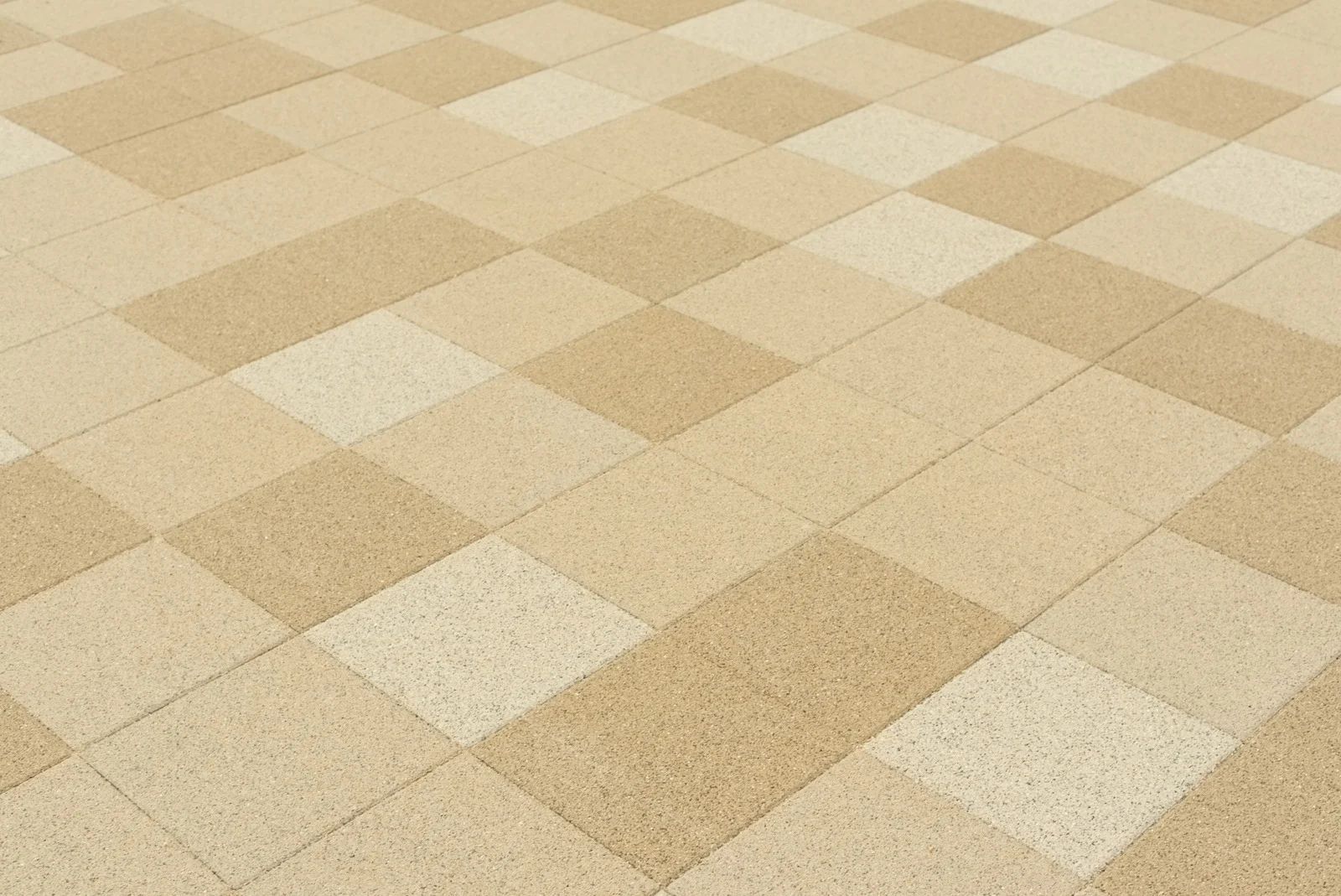Expert Tips for Shower Repair and Restoration
A well-maintained shower is more than just a convenience; it’s an essential part of a clean and safe bathroom. Over time, showers can experience issues such as cracked tiles, mold growth, and damaged grout, which not only affect appearance but also lead to potential water damage. Regular repair and restoration help prevent costly renovations and maintain both hygiene and value. Whether your shower is showing signs of wear or you want to enhance its longevity, knowing the right methods and tips for repair is crucial. Let’s explore expert strategies for effective shower restoration.
1. Inspect and Identify Problem Areas
Start by carefully examining the shower. Look for cracked or loose tiles, discoloration, mildew, and gaps in the grout. Identifying the extent of damage ensures you can address underlying problems rather than just surface symptoms. This step is crucial for preventing water seepage, which can damage walls and floors. Pay special attention to corners and grout lines near the shower base, as these areas are most prone to leaks.
2. Clean and Prepare the Surface
Before starting repairs, thoroughly clean the shower surface using non-abrasive cleaners to remove soap scum, mildew, and grime. Proper cleaning ensures that new grout or sealant adheres correctly, creating a longer-lasting repair. Rinse thoroughly to remove any residue and allow the surface to dry completely before proceeding, as moisture can compromise adhesion.
3. Regrout or Seal as Needed
Damaged or missing grout compromises the integrity of the shower. Carefully remove old grout and replace it with high-quality, water-resistant grout. For added protection, apply a grout sealer to prevent staining and mold growth. Choose grout colors that match or complement existing tiles to maintain a uniform look, and consider using epoxy grout for areas exposed to heavy moisture.
4. Repair or Replace Damaged Tiles
Cracked or chipped tiles should be repaired or replaced promptly. Carefully remove damaged tiles and clean the area before applying adhesive and setting new tiles. Matching grout lines and tile patterns is essential to achieve a seamless finish. Use a level to ensure tiles are correctly aligned, and allow adequate curing time for adhesives to strengthen before using the shower.
5. Address Mold and Mildew
Persistent mold and mildew can lead to health issues and damage the shower structure. Use specialized cleaners to remove growth and ensure proper ventilation to prevent recurrence. Regular maintenance, such as wiping down tiles after use, can significantly reduce moisture buildup. Consider installing or upgrading exhaust fans to enhance airflow and reduce humidity, a key factor in preventing mold.
6. Regular Maintenance and Inspection
Even after restoration, showers require ongoing care. Regularly inspect grout, caulking, and tiles for signs of wear. Small issues addressed early can prevent major repairs later and extend the life of your shower. Incorporate a simple routine, such as monthly inspections and quick cleaning, to catch potential problems before they escalate.
Professional Restoration You Can Rely On
When it comes to professional shower repair and restoration in Wichita, Kansas, Wichita Groutsmith stands out with over 32 years of experience. Specializing in grout and tile restoration, the team delivers high-quality solutions that enhance both the beauty and durability of your bathroom. From regrouting and sealing to tile replacement and mold remediation, Wichita Groutsmith combines expertise, precision, and a commitment to customer satisfaction. Whether your shower needs minor touch-ups or full-scale restoration, their skilled professionals ensure lasting results you can rely on.



